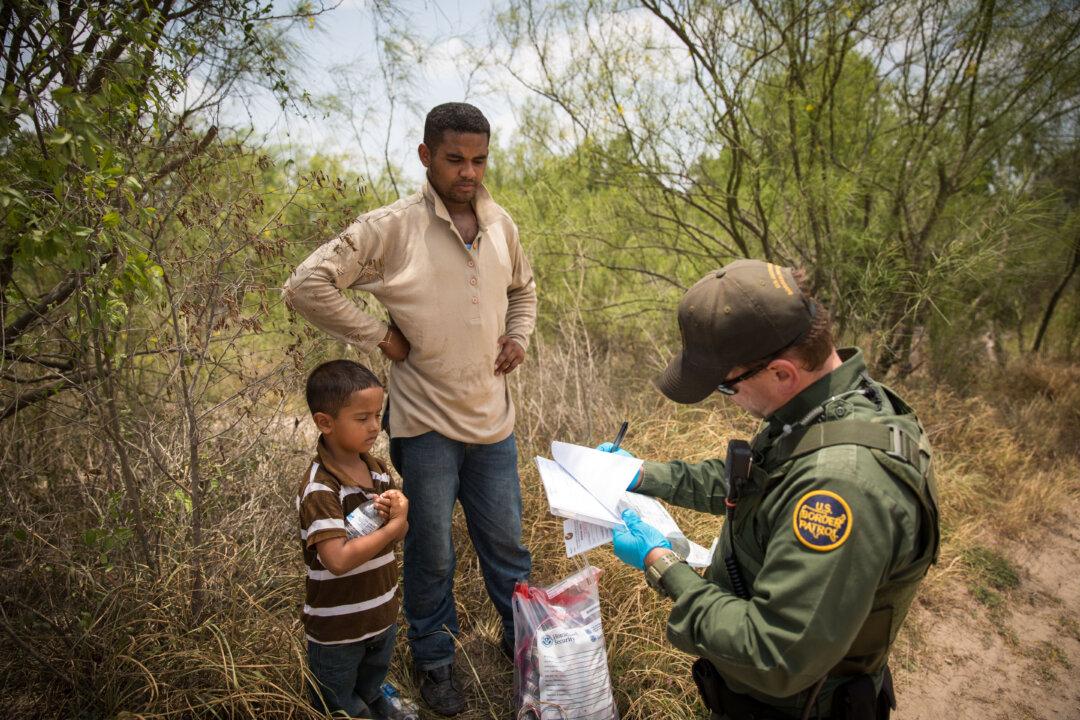WASHINGTON—Cross the border into the United States with a child, claim asylum, and you’re home-free.
That’s the message smugglers and migrants are hearing, according to the Department of Homeland Security (DHS).


WASHINGTON—Cross the border into the United States with a child, claim asylum, and you’re home-free.
That’s the message smugglers and migrants are hearing, according to the Department of Homeland Security (DHS).